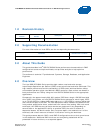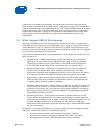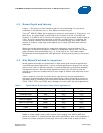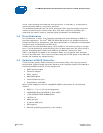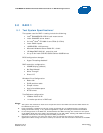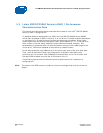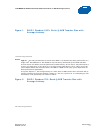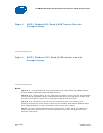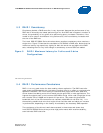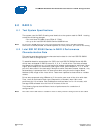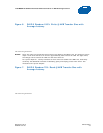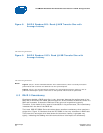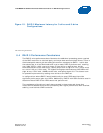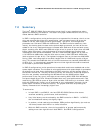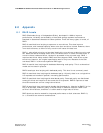
Intel
SSD DC S3500 Workload Characterization in RAID Configurations
December 2013 White Paper
329903-001US 19
8.0 Appendix
8.1 RAID Levels
RAID (Redundant Array of Independent Disks), developed in 1988 to improve
performance, reliability and scalability of hard disk storage systems has become a
standard in datacenters because of these qualities. There are many types, or levels, of
RAID.
RAID 0 uses block level striping to span one or more drives. This does improve
performance, and increases capacity when more than one drive is used. However, there
is no fault tolerance, so failure of any one drive will cause full data loss.
RAID 1, also called mirroring, writes data identically to two drives, producing a mirrored
set. Reads can be serviced by either drive, and writes occur in unison on both drives. If
one drive has a hardware failure, the data is protected in the mirrored copy. RAID 1
requires two drives. Many modern RAID controllers support RAID 1 sets of more than
two drives, however, the original specification was for only two. Because of the 50%
overhead, RAID 1 is the most expensive RAID type.
RAID 2 uses bit-level striping with dedicated Hamming-code parity. This is a theoretical
model and not used in practice.
RAID3 uses byte-level striping with dedicated parity. This level is not commonly used.
RAID 4 uses block-level striping with dedicated parity. All parity data is on a single drive.
I/O requests are handled in parallel, increasing performance.
RAID 5 uses block-level striping with distributed parity. Data and parity are distributed
among all drives and requires all but one drive to be present. RAID 5 requires at least
three drives and can survive a single drive failure.
RAID 6 uses block-level striping with double distributed parity. Identical to RAID 5 in the
way it writes data, however, parity is written twice in different locations. RAID 6 can
survive 2 drive failures; therefore it is often used for larger sets of drives.
RAID levels can also be nested for improved performance or fault tolerance. RAID 10,
0+1, 50 and 60 are common combinations.




